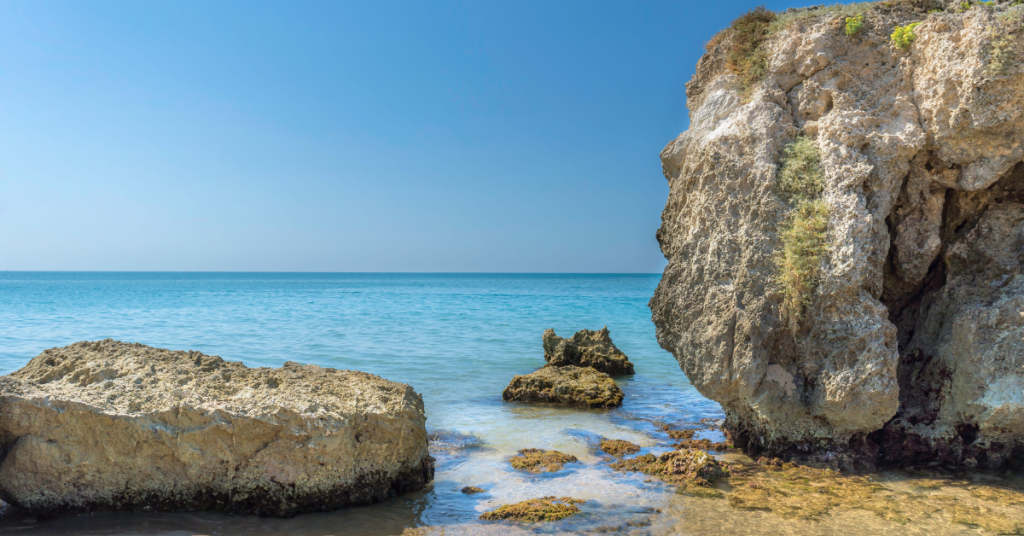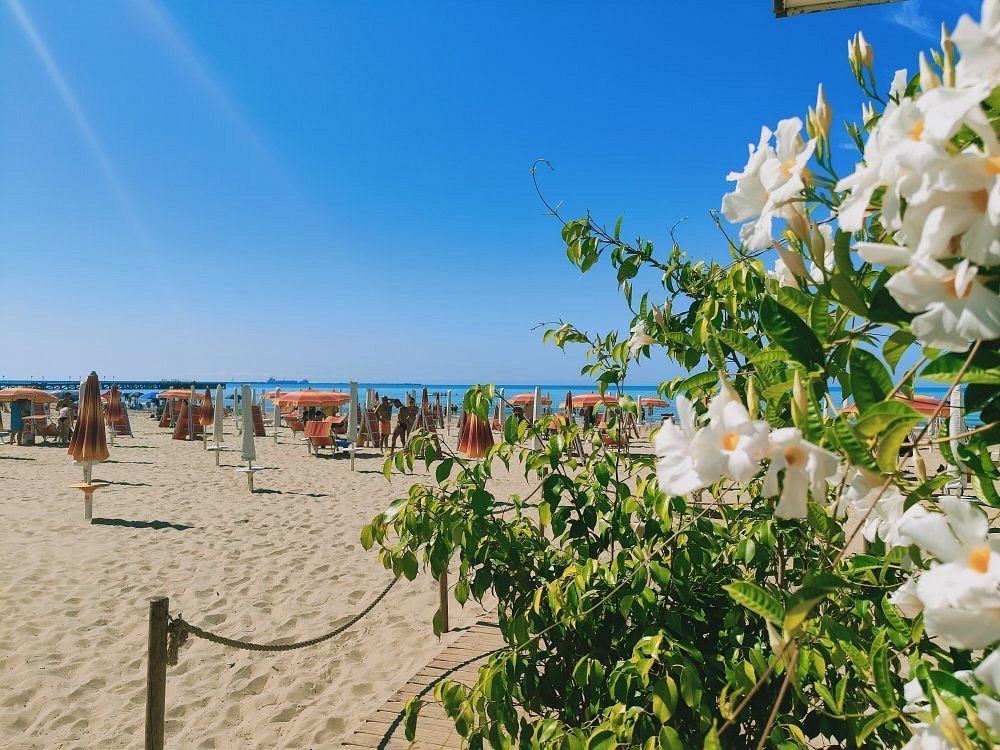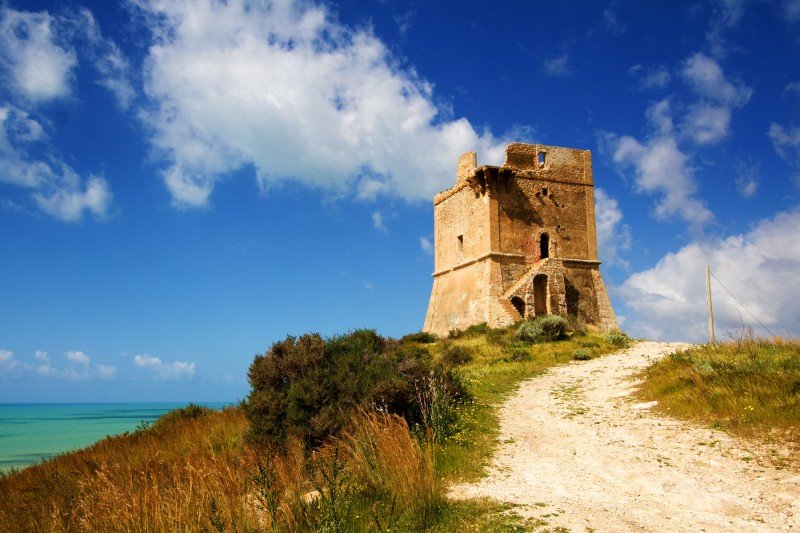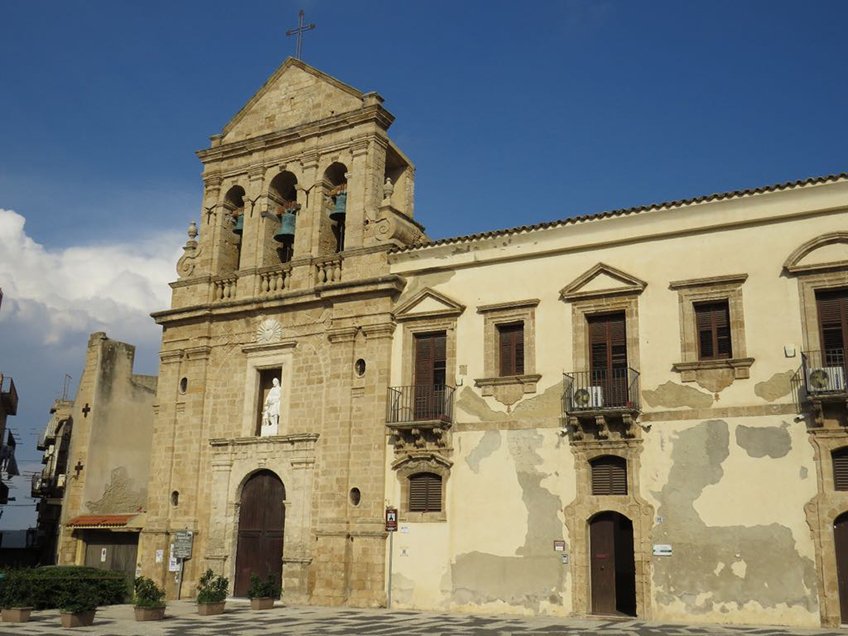On the southern coast of Sicily lies the town of Gela. The beautiful natural beaches, crystal-clear waters, and archaeological sites for which the town is famous attract both beach lovers and history buffs. Water sports such as diving and windsurfing are also available. In Gela’s historic center, visitors will find charming shops, cafés, and bustling markets.
Gela’s location also makes it an excellent base for day trips to other nearby attractions: the Valley of the Temples in Agrigento or the city of Ragusa, known for its Baroque architecture.

Location
Gela, located on the southern coast of Sicily. Located by the Mediterranean, roughly forty miles west of Syracuse.
Lungomare Federico II di Svevia


The Geli seaside promenade stretches along the coast. Surrounded by tall palm trees, numerous beach clubs, and fine, golden sand, it’s the perfect place for water sports. It’s also the best place to take sunset photos. Enjoy a delicious meal at one of the sea-view restaurants—the seafood is especially worth trying.
On summer evenings, you can head to the beach clubs, which offer all the amenities and services you need, transforming into dance floors with music late into the night or hosting themed nights.
Regional Archaeological Museum of Gela (Museo Archeologico Regionale di Gela)


The Acropolis of Gela is one of the most important archaeological sites in Sicily. The first phase, recorded by the excavations carried out between the 50s and 60s of the 20th century.
In the first half of the 8th century BC, some buildings were built in this area, such as a sacellum dedicated to Athena Lindia, the patron goddess of the city, whose remains then were incorporated into the foundations of a second temple built during the 6th century BC, which is still dedicated to Athena.
Tower of Manfria (Torre di Manfria)


The Tower of Manfria was part of the warning system of the coastal towers of Sicily, built on the recommendation of the Florentine architect Camillo Camilliani.
It stands on a hill overlooking the hamlet and is visible from the entire Gulf of Gela. It is currently privately owned and is in a fairly good state of conservation, except for the terrace which has some parts of the cornice now in ruins. The tower is about 15 meters high with a base of about 12.50 meters. Manfria is one of the best seaside area of Gela situated about 10 km far from the town.
Castelluccio di Gela


Castelluccio, as it is commonly known by locals, is a castle in Gela that stands on a chalky hill offering a unique panorama. In ancient times, the fortress, also known as the Swabian Castle, was used to monitor the territory and defend it from enemy attacks.
Biviere Oriented Nature Reserve

The Biviere di Gela Nature Reserve covers an area of 130 hectares with a coastal lake reaching a depth of 6 meters and extending for 6 kilometers in circumference. The Belvedere di Niscemi offers a unique view of the Gela Plain, combining nature, the petrochemical industry, and the controversial MUOS.
The reserve is recognized by the Ramsar Convention as a wetland of international importance and serves as a migration point for over 200 bird species.
Church of Sant’Agostino in Gela

The Church of Sant’Agostino, founded in 1439, is one of the oldest churches in the ancient village of Terranova. It has a single nave and a Neoclassical façade from the late 18th century. The church houses numerous 17th-century paintings and sculptures, as well as a 16th-century marble stoup from 1541, attributed to Antonio.
Greek baths of Gela

The public baths at Gela are the least preserved of the Greek public baths. The Greek Baths of Gela are ancient baths which were discovered in 1957, near the Ospizio di Mendicità on via Europa, , which date to the Hellenistic period. Like the rest of the city, the baths were demolished in 282 BC after the conquest of the city by the Akragantine tyrant Phintias.
Acropolis Gela

The Acropolis extends between the mouth of Gela and the Pasqualello Valley and contains the ruins of houses, shops, temples, and the Hippodamian monastery. The archaeological park includes information panels explaining the significance of various structures and their role in ancient Greek society.
